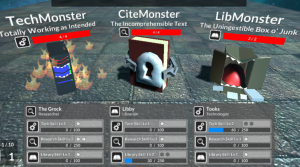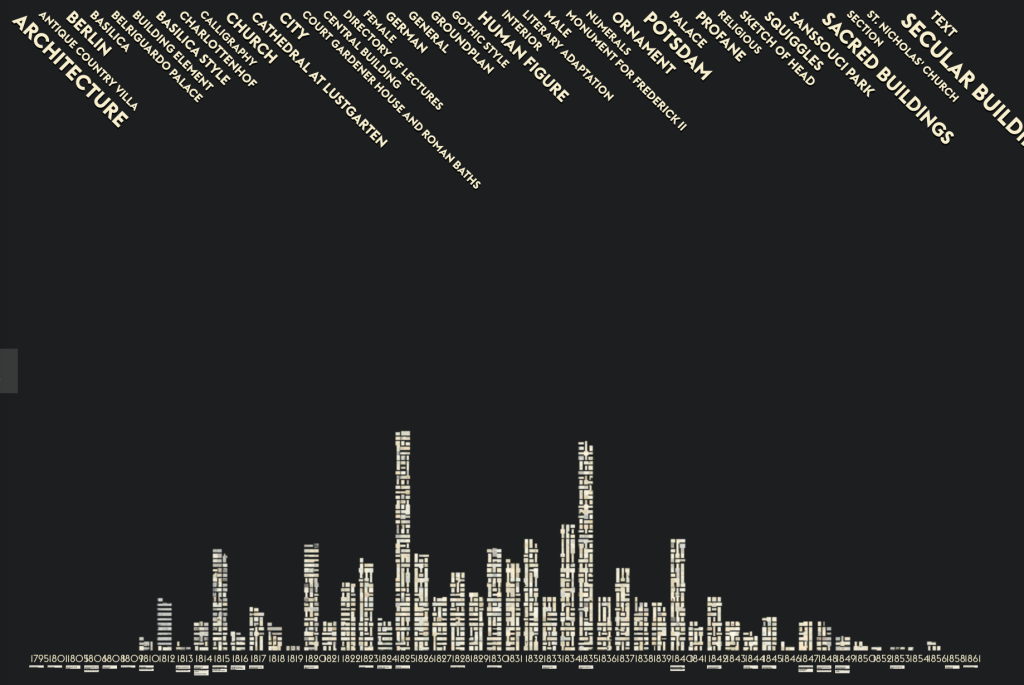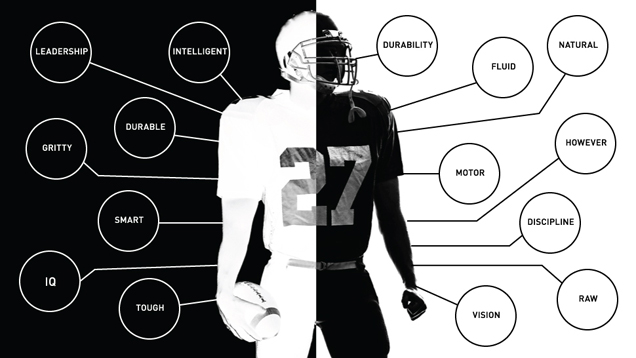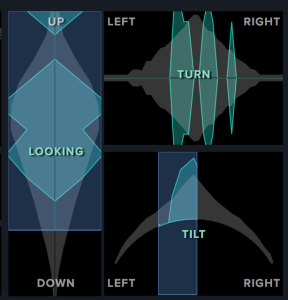I finally got around to downloading and playing Rez Infinite on the PS4. This is an upgraded (hi-res) version of the original which SEGA released for the Playstation 2 and Dreamcast in 2001. The game is a beautiful rail shooter and a music game which produces trance like electronic music (and vibrations) as you play. There is a traveller mode where you don’t die and you can just make music and travel through the spaces. I found myself wanting to repeat levels to continue the beat.
The new 2016 version for the PS4 support VR (though I don’t have it). It also has an extra level called “Area X” which, while more sophisticated, lacks the charming Tron-like graphic imagination of the rest. It would be interesting to map all the references to Tron in Rez – it too places you as a hacker going through a computing landscape.
Polygon has a story on the Rez producer Tetsuya Mizuguchi on his return to music games. The story mentions a Synesthesia Suit (PDF) created to go with VR games like Rez Infinite. Below is a video from Siggraph 2016 to show (feel) of the suit’s capabilities. I’m intrigued by this intersection of art and game around music.
And here is link to a video showing the suit.




